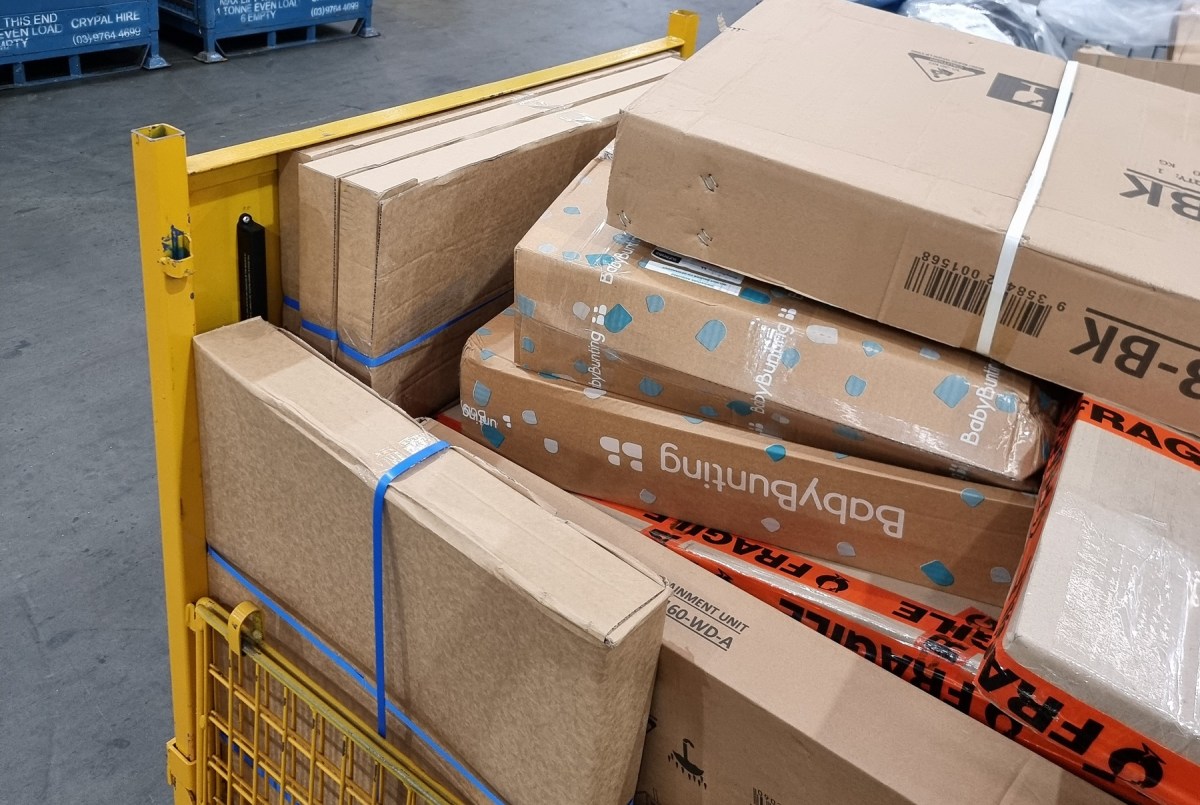Less than two weeks after beginning a roll-out of LP-WAN (Low-power wide-area network) tracking devices on its courier cages, CouriersPlease has already recovered 91 cages back, saving close to $100,000 on replacement costs.
The courier cages are built to last for 10 years, can handle 500 to 600kg of weight all while being robust enough to handle long-haul transport while protecting the packages within, which is why they cost around $1,000 per unit to purchase.
The tracking devices were provided by IoT business Thinxtra, alongside network partner Optus.
CouriersPlease says it saw its package volumes increase by 80% over the past two years, now delivering up to 30 million parcels per annum through its 850 franchises and 350 delivery partners.
With that explosion in deliveries, the company saw more of its courier cages lost, misplaced, or left with high volume customers.
CouriersPlease chief operating officer, Phil Reid tells RetailBiz, “We’re still working through reconciling. A few hundred have gone missing or are with agents or partners.
“We have 3,500 of them, and $1000 a piece adds up quite quickly.”
The IoT tracking devices do not need the batteries replaced for roughly five years, which means the cost can be spread over that time.
Reid says that the company is spending roughly the same amount of money to monitor its cages over five years that it’s lost in missing cages over the past two.
Optus Enterprise head of product, Zorawar Singh says, “There are multiple ways to handle asset tracking, but the main challenge organisations face is doing so in a cost-effective manner – it doesn’t make sense to put $400 trackers into $1,000 cages, nor do we want to overwhelm our clients with huge amounts of data they don’t need.
“We built an IoT solution based on low-power wide-area network (LP-WAN) technology for CouriersPlease, which is connected to Thinxtra’s powerful and national 0G network as we believed it provided the best solution at the greatest value for the customer.”
As the technology scales and becomes cheaper, Reid says, “There’s an ability to track trucks, or high value items in the network. As the technology and price improves, we can look further afield.
“The cages are the first step, we’ll continue to work through with Thinxtra and Optus on how we can use this technology further in our network.”

